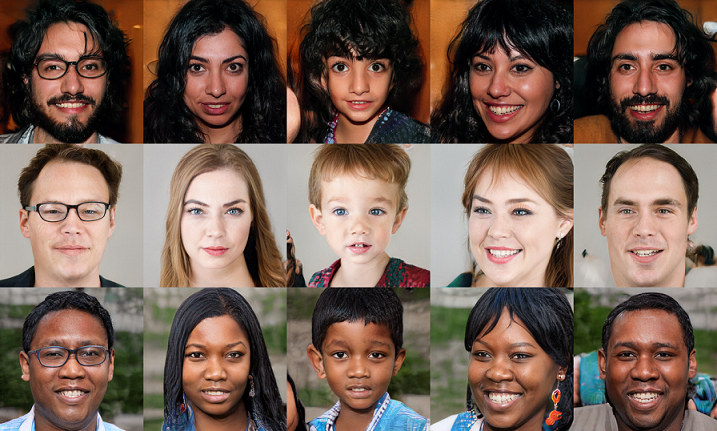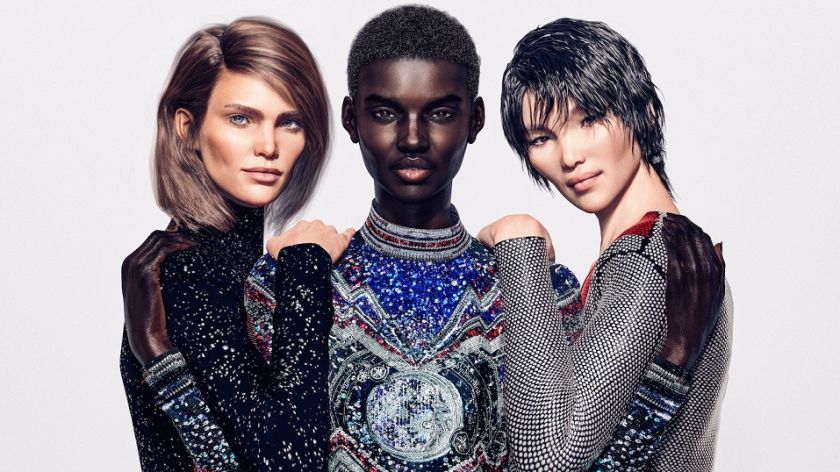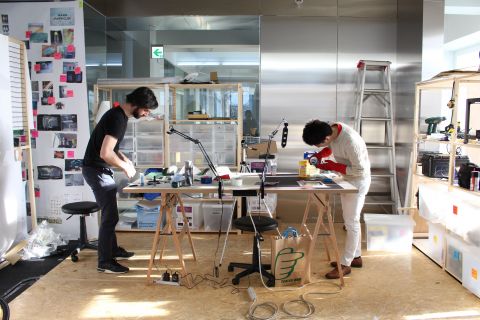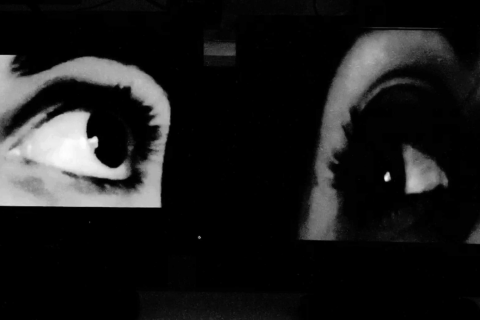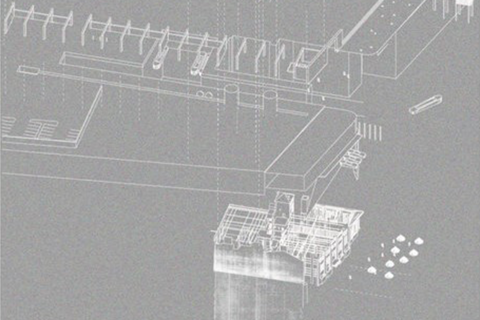Bezalel News
חדשות בצלאל
أخبار بتسلئيل
Real, Real Fake and Fake Fake
"Reality is that which, when you stop believing in it, doesn't go away", Phillip K. Dick.
In 2018 research revealed that most activity on YouTube is designed and in fact determined by algorithms. The meaning is that most of what we are watching, and what is recommended by non-human entities, represents and fortifies the views of those who finance this activity. Another meaning is that we are unconsciously manipulated by them. Manipulations done by the media are as ancient as the media itself, but today it seems that we are passed the turning point between truth, facts, "alternative" facts and fake.
In 2017 Adobe launched a software program that can learn and duplicate any voice style-so that it enables one to write and pronounce everything, by any human being, in their own voice. Only last year Nvidia proudly announced that GAN (Generative Adversarial Networks) can produce millions of realistic portraits of human beings that do not exist. Does this mean that we can no longer distinguish between a real person, his voice and his face? Did our reality become so fragile that we must continuously inspect whether what we hear and see is real and really belongs to the person who said it?
The popular website thispersondoesnotexsist.com presents portraits of fictitious people. In Instagram we are getting used to "influencers" that are non-human and we follow with passion the adventures of Lil Miquela (@ LilMiquela), and more virtual models like the model Shudo @Shudu.gram.
But nothing prepared us for the contemptible behavior towards Nancy Pelosi, head of the American Senate, which used the simple technique of slowing down the sound and the motion of a video, and thereby making her appear to be drunk. The movie had over million views and 30,000 shares before it was taken down by YouTube because it was fake.
Drowning in an ocean of information we are flooded and have become numb to what Douglas Rushkoff calls the "The Present Shock". We are having difficulties differing between truth, real fake (like virtual models), fake based on reality (like the "treated" video of Pelosi) and fake fake (synthetic media- non existing people). Our political systems are more and more vulnerable, the press is influenced dramatically by social media, and it is easy to understand the lack of trust in old institutions, all of which leads citizens to believe in delusional conspiracies.
Democratization of the net caused a situation of self-radicalization and great confusion. In order to keep collective sanity, we all must be on guard, vigilant, and learn to make sure that what we think happened, actually did happen.
If in the past our starting point was to believe our eyes (or what our ears heard), but the 21st century will be remembered as the century in which we stopped believing our senses: everything is a fake until proven otherwise.
What role does visual culture play in creating new levels of reality?
In the Department of Visual and Material Culture we will learn about the power of visual systems in creating social, financial and political systems. The studies will help students consolidate a critical and realistic viewpoint in order to act in those systems in a good and benevolent way.
Dr. Romi Mikulinsky
Head of the Master's program in Industrial Design
And a lecturer in the Department of Visual and Material Culture
